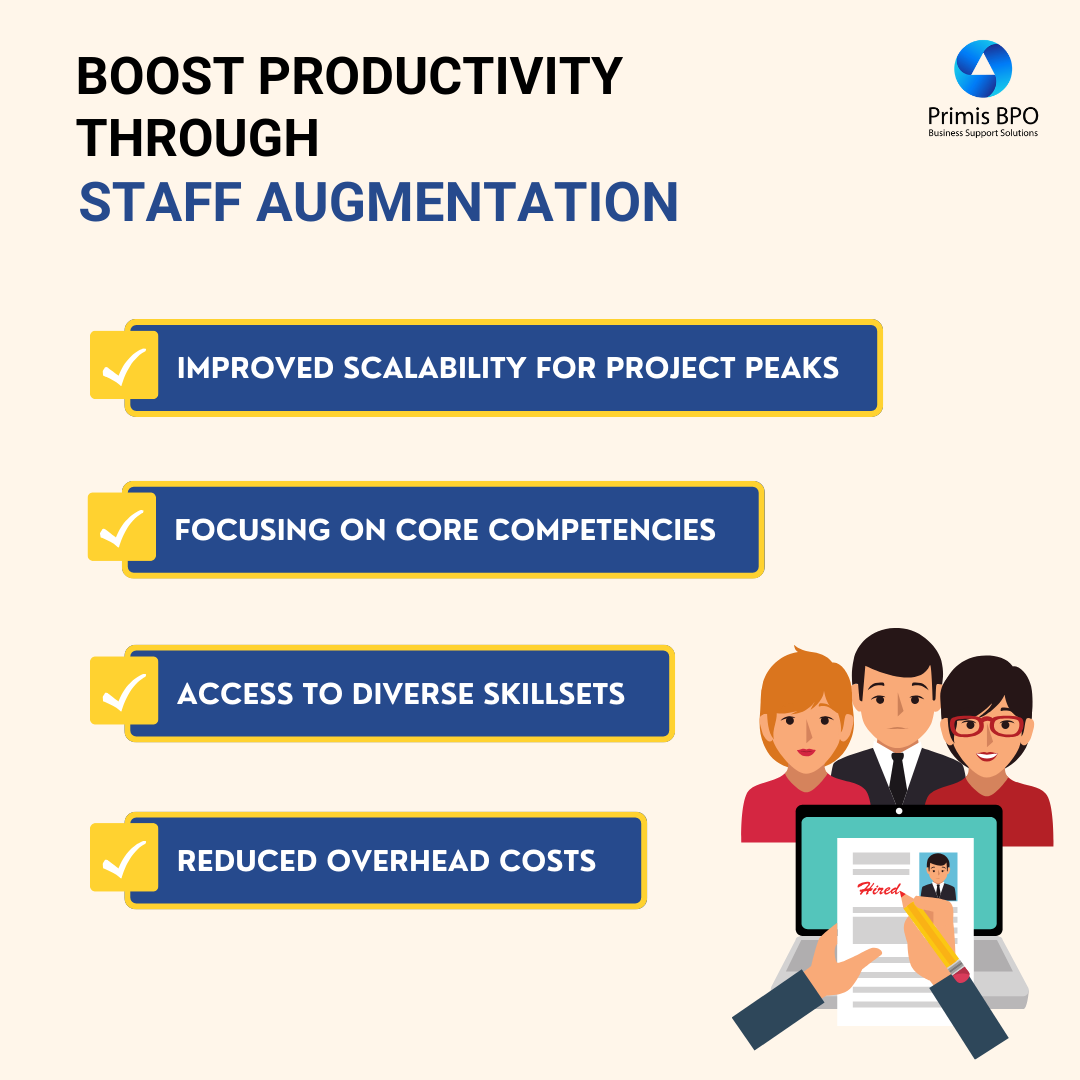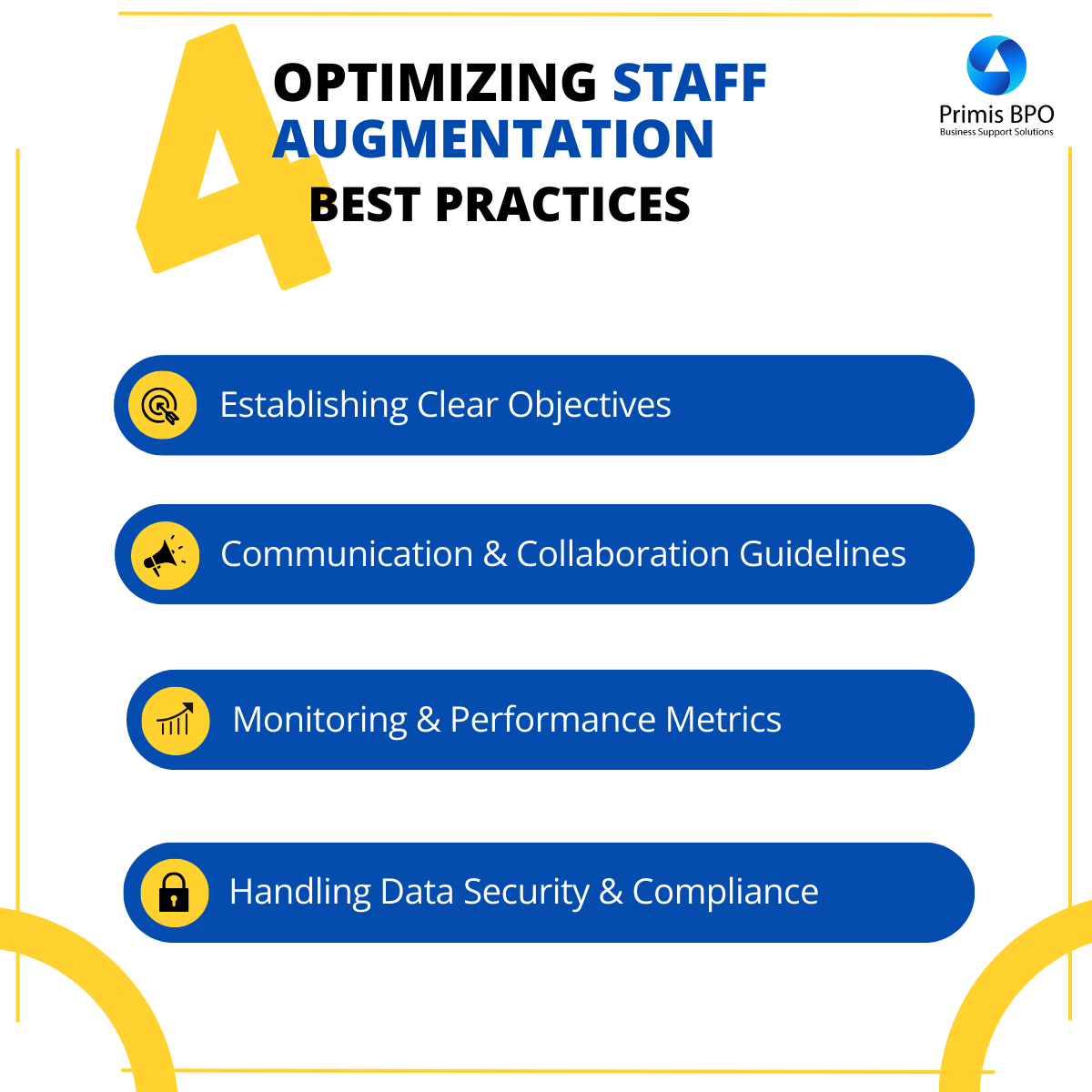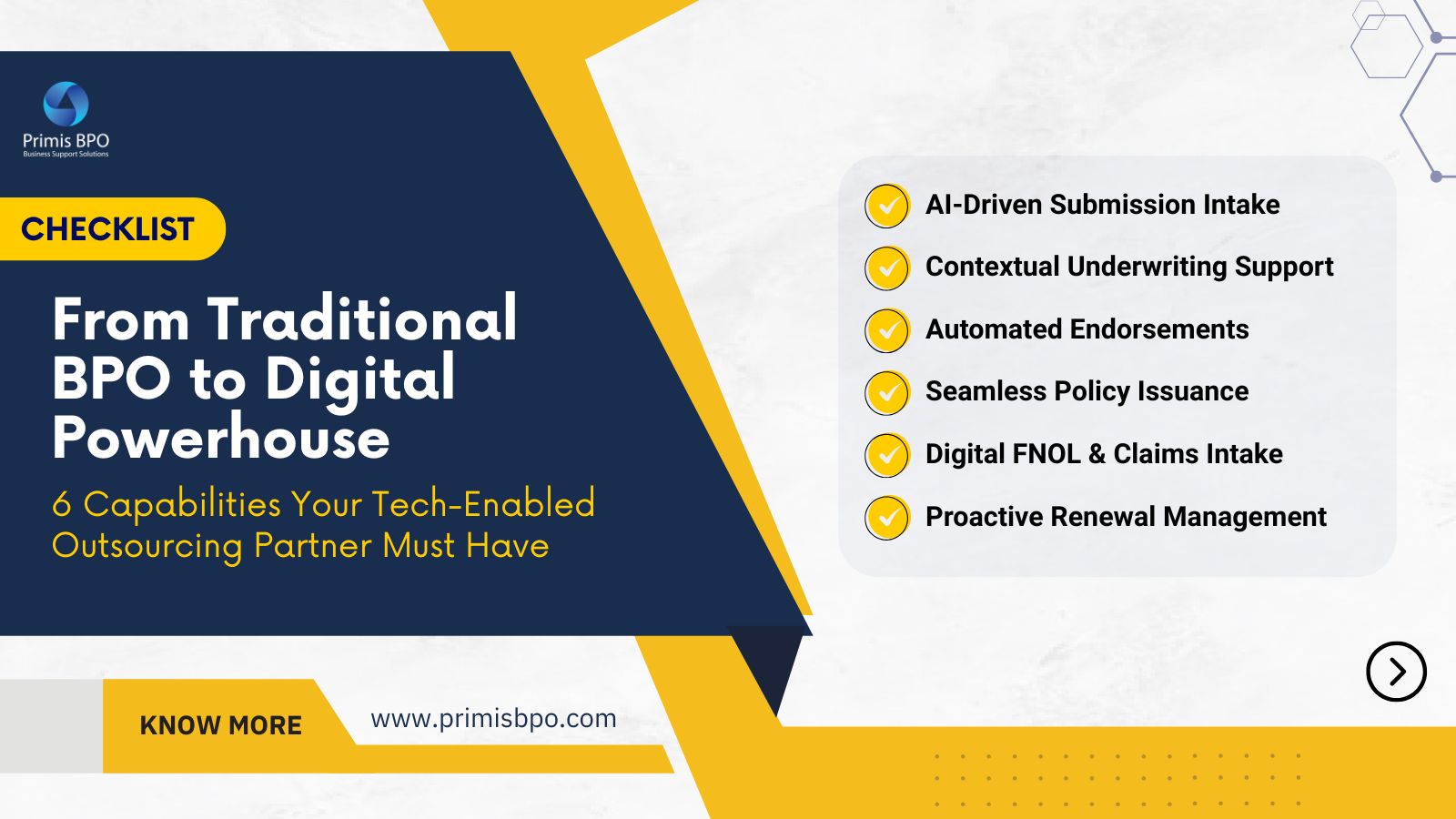
Amidst the growing scarcity of tech talent, start-ups and established companies are actively exploring solutions involving offshore vendors and remote developers. Start-ups, in particular, are on the lookout for experts proficient in specific technologies to complement their in-house teams and elevate their overall capabilities. Concurrently, these organizations also want to control their projects’ critical aspects, encompassing resources, management processes, and deliveries.
But here’s the good news - outsourcing is no longer the sole option. In today's landscape, numerous IT enterprises opt for the IT staff augmentation model as a more efficient and cost-effective means to attain their objectives.
So, what precisely is staff augmentation, and how does it operate?
Understanding Staff Augmentation
Staff augmentation is a strategic workforce management model that empowers organizations to fortify their existing teams with temporary, specialized talent. Unlike traditional hiring, which involves recruiting full-time employees, staff augmentation offers a more flexible and dynamic solution. It allows companies to tap into external resources to address specific project needs or skill gaps without the long-term commitment associated with permanent employment.
Challenges of Traditional Hiring
While traditional hiring practices have been the norm for decades, they come with their fair share of challenges, especially in today's rapidly evolving business landscape. Let's delve into these challenges:
1. Time-Consuming Recruitment Processes
The process of hiring full-time employees can be arduous and time-consuming. It involves developing job descriptions, advertising vacancies, sifting through numerous resumes, conducting interviews, and assessing candidates' cultural fit within the organization. This can take weeks or even months, delaying critical projects and impeding growth.
2. High Costs Associated with Full-Time Employees
Hiring full-time employees involves significant financial commitments. Beyond salaries, employers must also factor in expenses such as benefits, office space, training, and equipment. These costs can quickly add up, putting pressure on a company's budget, especially for start-ups and small businesses.
3. The Risk of Overstaffing and Understaffing
Companies often face challenges in achieving the right staffing balance. Overstaffing can lead to underutilized resources and inflated costs, while understaffing can strain existing teams, resulting in missed deadlines and decreased productivity. Striking the perfect balance can be elusive without precise forecasting.
In light of these challenges, businesses are increasingly exploring alternative staffing solutions, like staff augmentation, to overcome these obstacles and enhance their productivity and flexibility.
4 Common Scenarios Where Staff Augmentation is Beneficial
Staff augmentation is a versatile solution that can be applied across various scenarios, including:
1. Project-Based Work
When embarking on short-term projects with distinct skill requirements, such as software development, design, or marketing campaigns, staff augmentation provides access to experts without the need for permanent hiring.
2. Seasonal Workloads
For businesses experiencing seasonal fluctuations in demand, staff augmentation enables them to quickly adjust staffing levels to match peak periods without incurring unnecessary overhead during off-peak times.
3. Fill Skill Gaps
When in-house teams lack specific skills or knowledge required for a project, staff augmentation bridges the gap, ensuring that the necessary expertise is readily available.
4. Cost Control
Organizations looking to manage and control labor costs find staff augmentation an effective way to optimize their workforce without committing to long-term employment contracts.
All in all, staff-augmentation is a strategy that not only enhances an organization's ability to adapt but also drives productivity and cost-efficiency.

How Outsourcing Staff Augmentation Works
To unlock the full potential of outsourcing staff augmentation and its productivity-boosting capabilities, it's crucial to understand the inner workings of this strategy. Here's a step-by-step breakdown:
1. Choosing the Right Outsourcing Partner
The journey begins with selecting the right outsourcing partner to align with your organization's objectives, values, and project requirements. Factors to consider include their reputation, experience, industry expertise, scalability options, and cultural fit. This decision sets the foundation for a fruitful collaboration.
2. Collaborative Planning and Onboarding
This step is where the specifics of your project are ironed out. Detailed discussions revolve around project goals, objectives, timelines, and delineating roles and responsibilities. Effective planning ensures the outsourced team fully comprehends your organization's strategic vision. It's a critical phase where both parties must be in sync to ensure project success.
3. Seamless Integration with In-House Teams
The goal is to create a cohesive, harmonious working environment. When executed effectively, it should feel like a natural extension of your organization rather than a separate entity. This integration facilitates knowledge transfer, collaborative synergy, and streamlined workflows, maximizing productivity.
4. Clear Communication Channels
Clear and transparent communication channels are established to facilitate the exchange of information between your in-house teams and the outsourced professionals. This includes regular updates on project progress, feedback sessions, and a mechanism for addressing challenges or concerns promptly. The objective is to cultivate an environment where everyone is well-informed and can adapt swiftly to changing project dynamics.
By grasping the mechanics of outsourcing staff augmentation, you can harness its potential to optimize your workforce, gain access to specialized skills, and significantly elevate productivity levels.

Final Thoughts
Outsourcing staff augmentation isn't merely a staffing solution; it's a strategic approach to scaling smartly, boosting productivity, and achieving your organization's objectives efficiently and cost-effectively. It empowers your organization to remain agile in a competitive market, respond swiftly to changing demands, and seize growth opportunities. By partnering with outsourcing experts like Primis, who seamlessly integrate with your in- house teams, you can unlock a wealth of advantages.
It's time to explore the possibilities, embrace innovation, and position your organization for success in the dynamic business world.
Recent Blogs

The AI FTE Approach to Property Risk Assessment

Optimizing Auto Insurance Underwriting Through Outsourced AI-Driven Risk Intelligence

[Checklist] From Traditional BPO to Digital Powerhouse: 6 Capabilities Your Tech-Enabled Outsourcing Partner Must Have

Outsourcing AI-Enabled Property Risk Analysis

Outsourcing AI-Powered Risk Assessment for Insurance Optimization